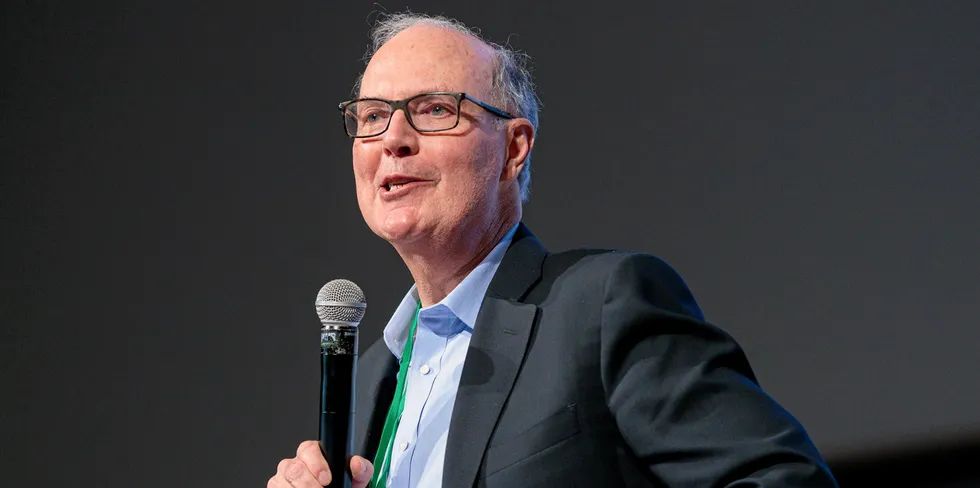EXCLUSIVE | ‘We’ll deliver 40 times as many hydrogen electrolysers in 2022 as we did last year’: Plug Power CEO
Annual shipments of systems at US company to rise from 5MW in 2021 to 200MW — but order pipeline is a staggering 16GW

Annual shipments of systems at US company to rise from 5MW in 2021 to 200MW — but order pipeline is a staggering 16GW
